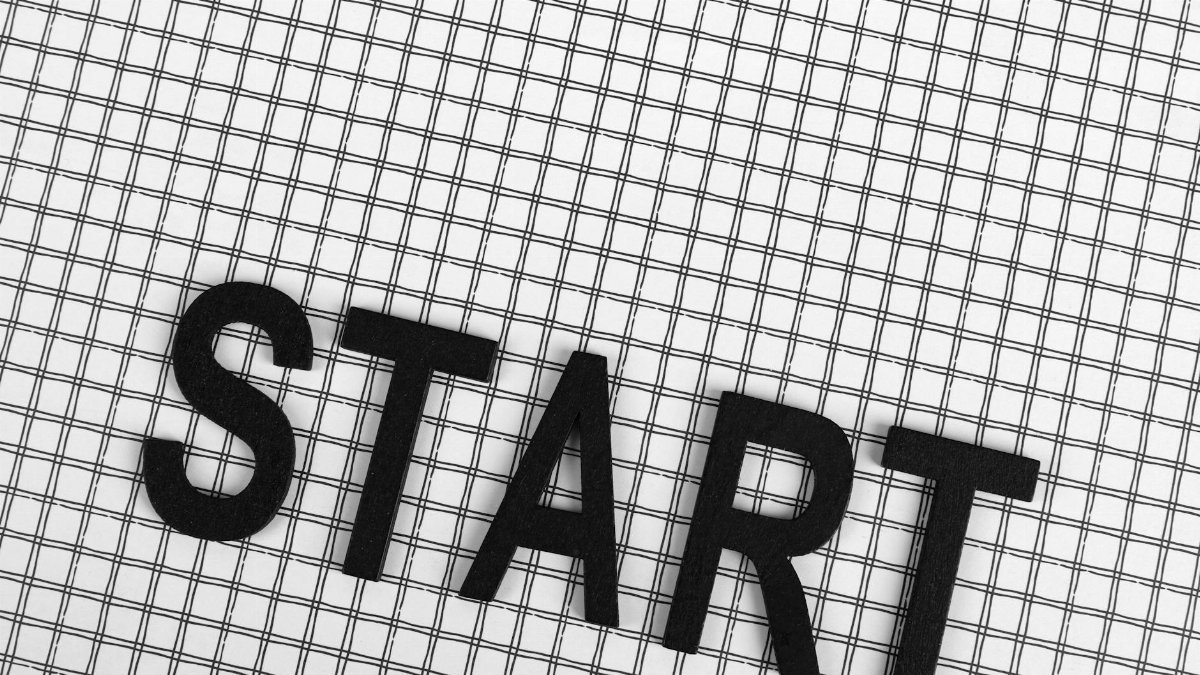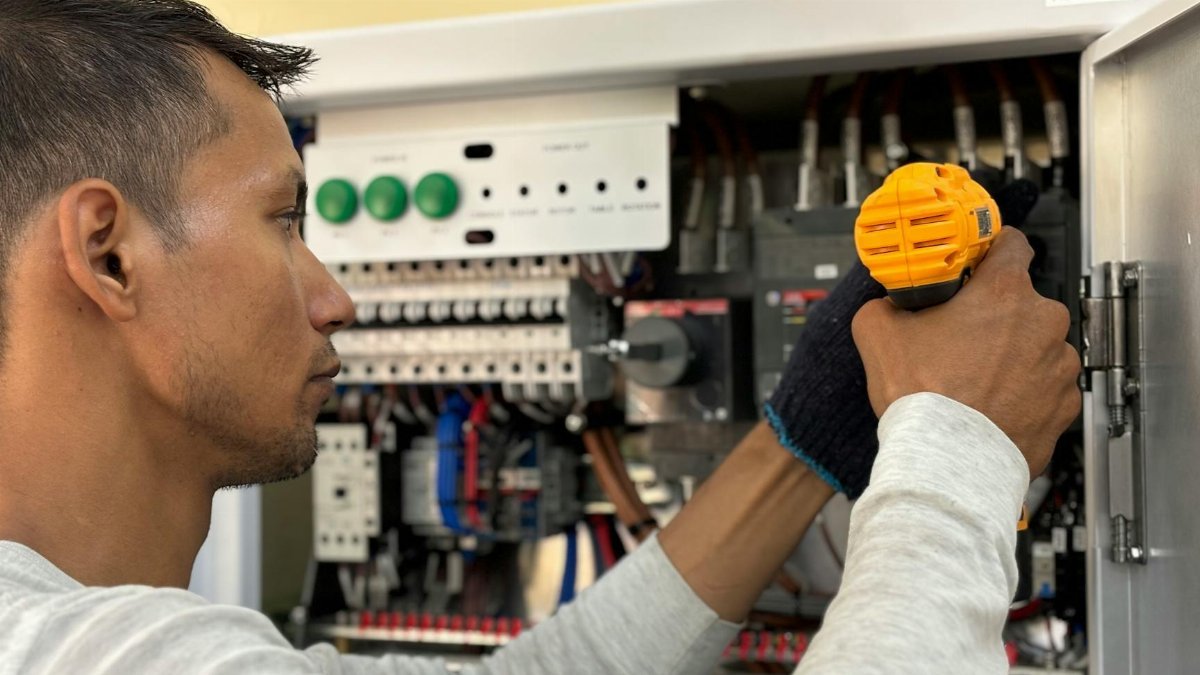Is mind-body healing the secret to emotional freedom? In a world obsessed with “fixing” every feeling, a growing number of Americans are embracing a different approach—allowing emotions to simply exist. This isn’t about ignoring pain but connecting mind and body to process it naturally. Mind-body healing, at its core, bridges physical and emotional wellness, and it’s gaining traction as a powerful tool for self-awareness. From stress relief to deeper integration, this practice is reshaping how we handle life’s ups and downs in 2025.
What Is Mind-Body Healing?

Mind-body healing is a holistic approach that recognizes the interplay between mental and physical health. It’s based on the idea that emotions and thoughts directly impact the body—and vice versa. Techniques like meditation, breathwork, and somatic awareness help individuals tune into their inner experiences without rushing to “solve” them. Research from institutions like Harvard Medical School supports this, showing how mindfulness-based practices can reduce stress hormones. For more, see Harvard Health.
Why Allow Emotions Instead of Fixing Them?

Trying to suppress or instantly resolve emotions often backfires, creating tension or disconnection. Mind-body healing flips the script by encouraging presence. Instead of labeling a feeling as “bad” and pushing it away, you observe it. Studies from the National Institutes of Health indicate that acknowledging emotions without judgment can lower anxiety levels. This isn’t passivity—it’s active acceptance. Learn more at NIH Mind-Body Research.
The Physical Impact of Emotional Awareness

Emotions aren’t just in your head—they manifest physically. Stress can tighten muscles; grief might feel like a weight in your chest. Mind-body healing helps you notice these signals without overreacting. By tuning into bodily sensations, you release stored tension. Therapists often cite cases where clients report less chronic pain after practicing emotional awareness, highlighting the tangible link between mind and body.
Simple Ways to Start Practicing

You don’t need a guru to begin. Start with five minutes of focused breathing, noticing where emotions sit in your body. Journaling without judgment—writing whatever comes up—also works. Somatic exercises, like gently scanning your body for tightness, build awareness. The goal isn’t to erase feelings but to coexist with them. Apps and local mindfulness groups in 2025 are making these tools more accessible than ever.
Common Missteps to Avoid

One pitfall is expecting instant results. Mind-body healing isn’t a quick fix; it’s a gradual journey. Another is forcing positivity—acknowledging emotions doesn’t mean pretending to be happy. Rushing the process can also lead to frustration. Experts advise patience, reminding beginners that discomfort is part of growth. Stick with small, consistent steps for real impact.
How It Fits Into Daily Life

Integrating mind-body healing doesn’t require a lifestyle overhaul. Use it during a stressful workday by pausing to breathe. Apply it after an argument to process lingering feelings. Even mundane moments, like waiting in line, can become opportunities to check in with yourself. As more Americans adopt this in 2025, it’s becoming a practical tool for navigating a fast-paced world with greater ease.
